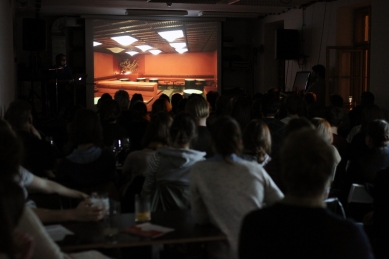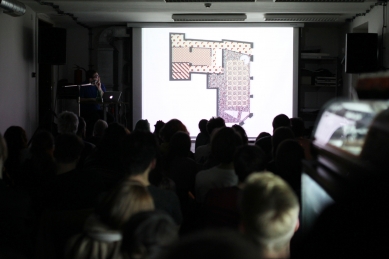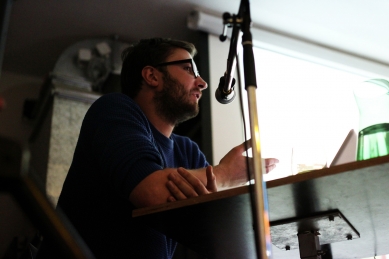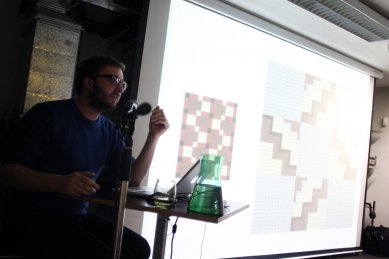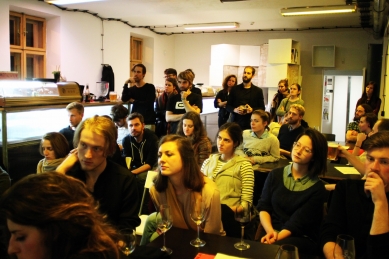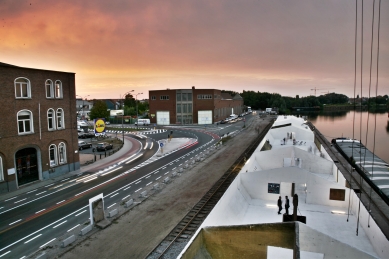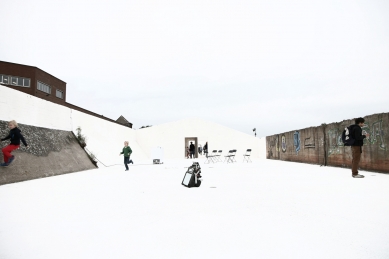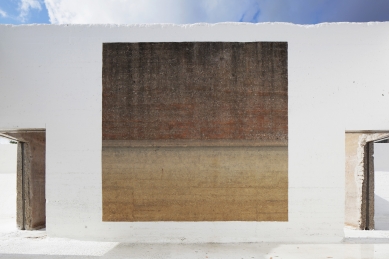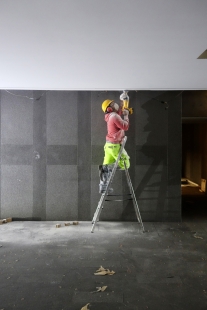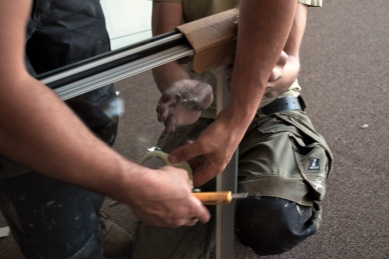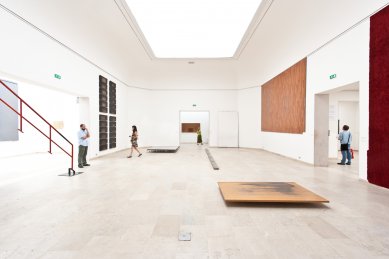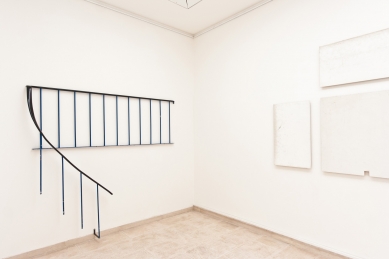Rozhovor s Maartenem Gielenem, jedním ze zakládajících členů belgické skupiny Rotor, vedly Jana Pavlová s Barborou Ševčíkovou 17. listopadu 2015 u příležitosti podzimní dvojpřednášky v Praze a Brně.
Rotor jsou skupina bruselských designerů a architektů, kteří propojují výzkumnou, kurátorskou a architektonickou činnost ve vytváření kritických postojů k používání a znovuužívání materiálních zdrojů a to převážně ve stavebním průmyslu a architektuře. Kurátorovali retrospektivu OMA (Rem Koolhaas) / Progress v Barbican Art Gallery v Londýně, jsou autory úspěšné výstavy a publikace Behind the Green Door na Oslo Architecture Triennale 2013 a čerství držitelé Global Award for Sustainable Architecture pro rok 2015. Skupina zároveň vyvíjí vlastní ekonomickou aktivitu ve firmě „Rotor Deconstruction“, která se zabývá demontováním stavebních a architektonických materiálů určených k demolici a jejich přeprodejem. Specifičnost, která praxi Rotor odlišuje od běžných demoličních firem, leží ve snaze nalézat nové strategie, které by mohly ovlivnit životnost materiálů a posunout je do dalších projektů.







